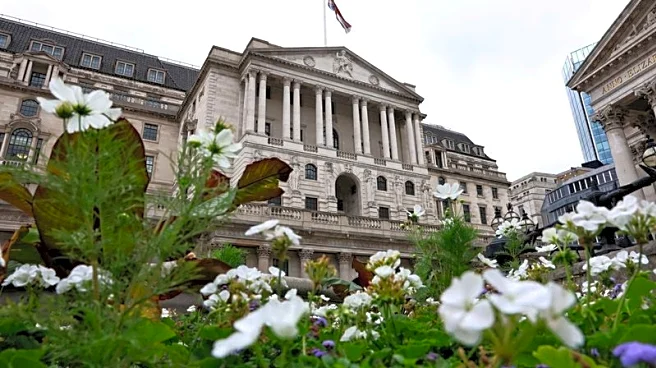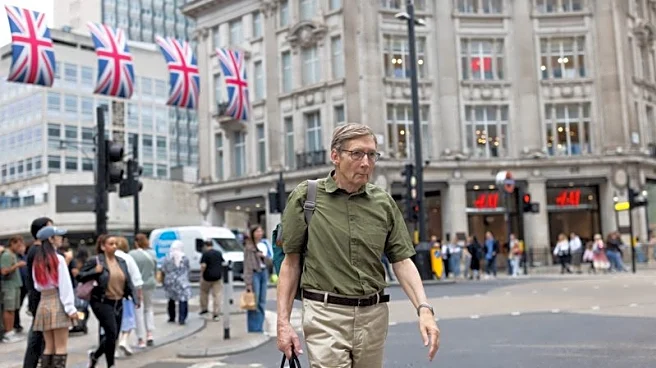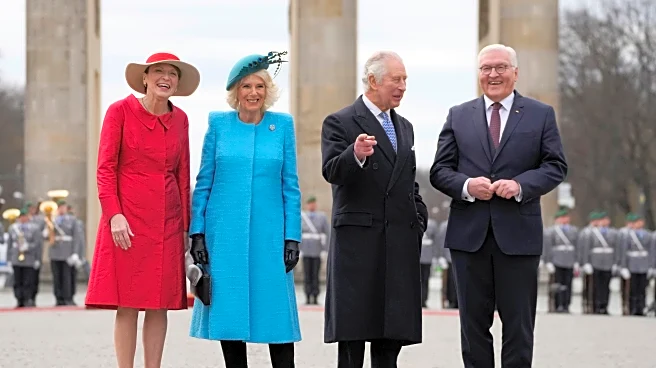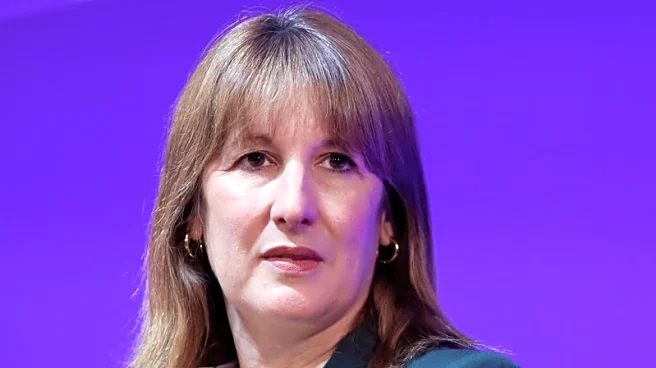LONDON (Reuters) -Britain's jobs market showed signs of stabilisation as pay growth increased at the slowest pace since 2022 and a measure of employment rose, according to official data published on Tuesday.
Average weekly earnings, excluding bonuses, were 4.7% higher in the June-August period than a year earlier, the Office for National Statistics said, slightly weaker than an increase of 4.8% in the three months to July and the slowest since May 2022.
The loss of momentum was in line with a Reuters
poll forecast.
The Bank of England is monitoring inflation pressures in Britain's economy, including wage growth. BoE officials held interest rates at 4% last month, and investors are fully pricing another BoE rate cut only in April 2026, according to LSEG data.
In the private sector alone - watched closely by the BoE - earnings excluding bonuses rose by 4.4% in the three months to August, down from 4.7% in the three months to July.
The ONS also said tax data showed payrolled employees rose by 10,000 between July and August - the first significant increase since October last year - before dropping by 10,000 in September, according to preliminary data.
"After a long period of weak hiring activity, there are signs that the falls we have seen in both payroll numbers and vacancies are now levelling off," ONS director of economic statistics Liz McKeown said.
Some BoE officials are concerned that Britain's labour market is still generating inflation pressures, potentially delaying further rate cuts even as the economy struggles to grow at a faster pace.
BoE policymaker Megan Greene said on Monday that the hit to the jobs market from finance minister Rachel Reeves’ decision to increase employers' social security bill seemed to have largely run its course.
Britain's unemployment rate went up in the three months to August to 4.8% but an ONS official said the survey which is used to produce the jobless rate is still subject to improvements.
(Reporting by Suban Abdulla; editing by Sarah Young and william Schomberg)















